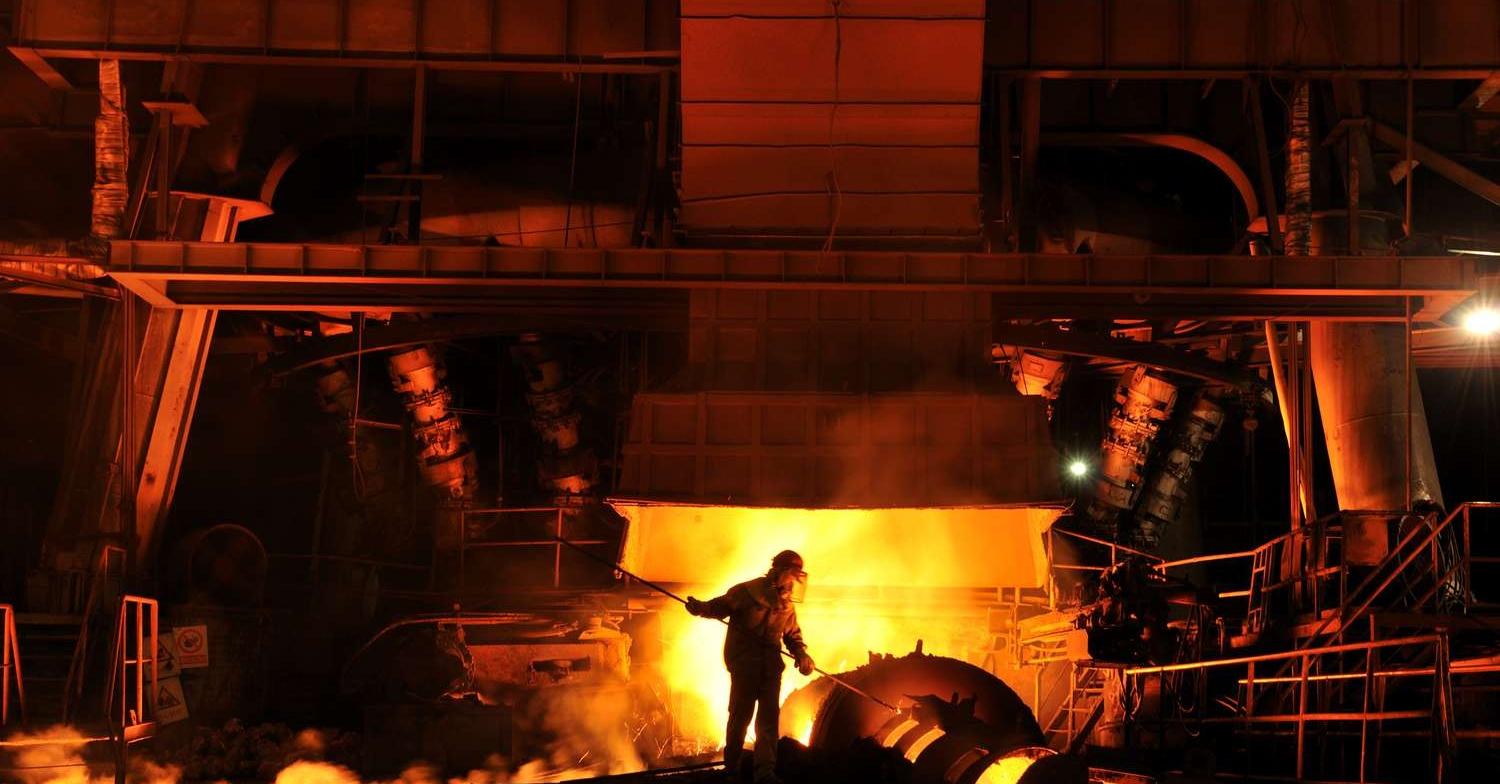Integrating modern steel constructions has ushered in a new era of efficiency, sustainability, and innovation in industrial milling. From constructing milling facilities to designing processing equipment, steel plays a central role in optimizing operations and driving productivity. In this article, you explore how a steel-made modern industrial building is revolutionizing milling processes, enabling mills to meet the demands of a rapidly evolving industry landscape while minimizing environmental impact and maximizing output.
1. Structural Integrity and Durability:
Modern steel constructions offer unparalleled structural integrity and durability, providing a solid foundation for milling facilities and equipment. Steel’s high strength-to-weight ratio and resistance to corrosion make it an ideal material for constructing large-scale milling structures, such as warehouses, processing plants, and silos. These robust constructions can withstand the rigours of heavy machinery, vibration, and fluctuating temperatures, ensuring reliable performance and longevity in demanding milling environments.
2. Flexibility and Adaptability:
Steel constructions provide mills with flexibility and adaptability to accommodate evolving production needs and technological advancements. The modular nature of steel buildings allows for easy expansion, modification, or reconfiguration of milling facilities as required. Mills can quickly adjust production capacity, integrate new processes, or incorporate advanced technologies without significantly disrupting operations. This flexibility ensures that mills remain agile and responsive to changing market demands, positioning them for long-term success in the competitive milling industry.
3. Energy Efficiency and Sustainability:
Modern steel constructions promote energy efficiency and sustainability in milling processes. Steel buildings can be made with insulation, natural lighting, and ventilation systems to decrease energy consumption and minimize environmental impact. Additionally, steel is a highly recyclable material, with a high percentage of recycled content in new steel products. By incorporating sustainable building practices and materials, mills can decrease their carbon footprint, which leads to a more environmentally friendly milling industry.
4. Optimal Layout and Workflow:
Steel constructions enable mills to optimize layout and workflow for efficient milling operations. The open-span design of steel buildings allows for spacious interior layouts, providing ample room for machinery, storage, and material handling equipment. Mills can strategically arrange processing equipment and workflow patterns to minimize material movement, streamline production processes, and maximize throughput. This optimized layout enhances productivity, reduces production costs, and improves operational efficiency in milling facilities.
5. Safety and Compliance:
Safety is paramount in milling processes, and modern steel constructions are designed to meet rigorous safety standards and regulatory requirements. Steel buildings can incorporate features such as fire-resistant coatings, seismic bracing, and emergency exits to ensure the safety of mill workers and compliance with industry regulations. Additionally, steel constructions offer superior resistance to pests, mould, and other hazards, creating a clean and hygienic environment for food and grain processing operations. By prioritizing safety and compliance, mills can mitigate risks and safeguard operations against potential accidents or liabilities.
6. Technological Integration and Innovation:
Steel constructions facilitate technological integration and innovation in milling processes. Advanced sensors, automation systems, and data analytics platforms can seamlessly integrate into steel buildings to monitor equipment performance, optimize production parameters, and improve quality control. Additionally, steel constructions provide a stable and secure environment for testing and implementing new milling technologies, such as precision milling techniques, genetic engineering advancements, and sustainable processing methods. By embracing technological innovation, mills can enhance efficiency, quality, and competitiveness in the global milling market.
Conclusion:
A steel-made modern industrial building is pivotal in transforming milling processes, enabling mills to achieve greater efficiency, sustainability, and innovation. From structural integrity and flexibility to energy efficiency and safety, steel constructions offer numerous benefits that drive productivity and profitability in milling operations. As the milling industry continues to evolve, integrating modern steel constructions will remain essential for mills seeking to optimize operations, meet regulatory requirements, and remain ahead of the curve in an evolving market landscape. By harnessing the power of steel, mills can position themselves for durable success and sustainability in the dynamic world of industrial milling.
